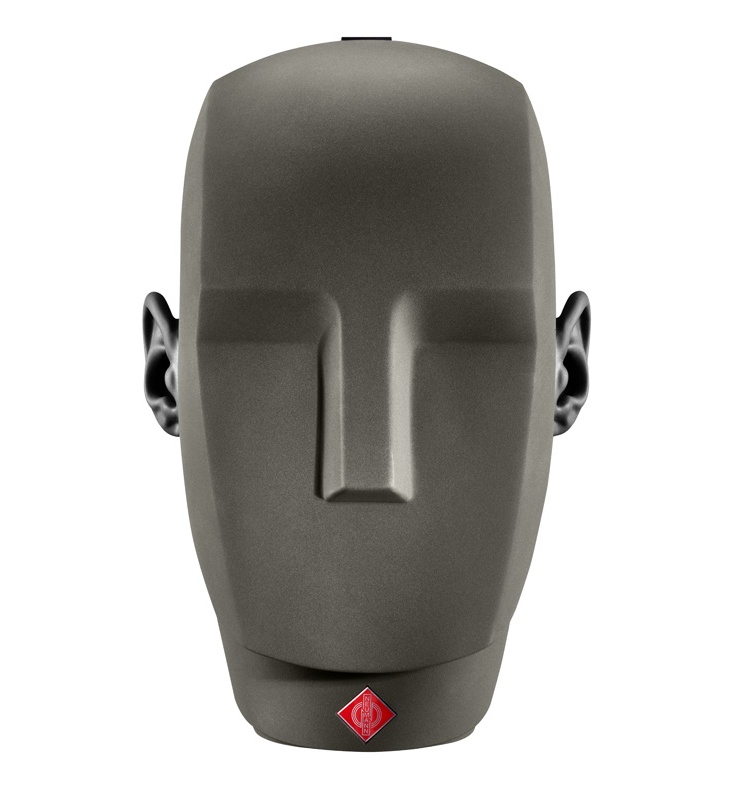OP
CaufieldSkeptic
Member
- Joined
- Oct 12, 2023
- Messages
- 27
- Likes
- 45
- Thread Starter
- #61
I will say, the SoundGuys target was rated pretty positively in the new tests from Harman (arguably higher than Harman 2019 IE if you opt to weight trained listeners more), as well as in the SenseLab testing. Both studies have methodological issues, but I'm not quite as confident saying the SoundGuys curve in particular isn't assisting in producing useful data.What does "using" mean? As long as they throw out target curves that are not shown to be correct in human studies, they are producing worse results, not better. You can have the world's most accurate measurement rig but if you don't have a reference of what the response should be, it is for not.
I think it's important to note that most of the targets based on some form of Harman—Harman IE 2019, Harman Beta 2024, HP.com's "target"—perform pretty well in this study. Arguably the biggest thing this study shows thanks to the Type 4620 is that the hallmarks of "good tuning" arrived upon in Harman's research are not only correct, but also (somewhat) agnostic to measurement fixture choice, HRTF/baseline choice, and transducer type.
In other words: this study goes some way to confirming that regardless of what you're using, Harman or something resembling/incorporating it is likely the best place to start.


